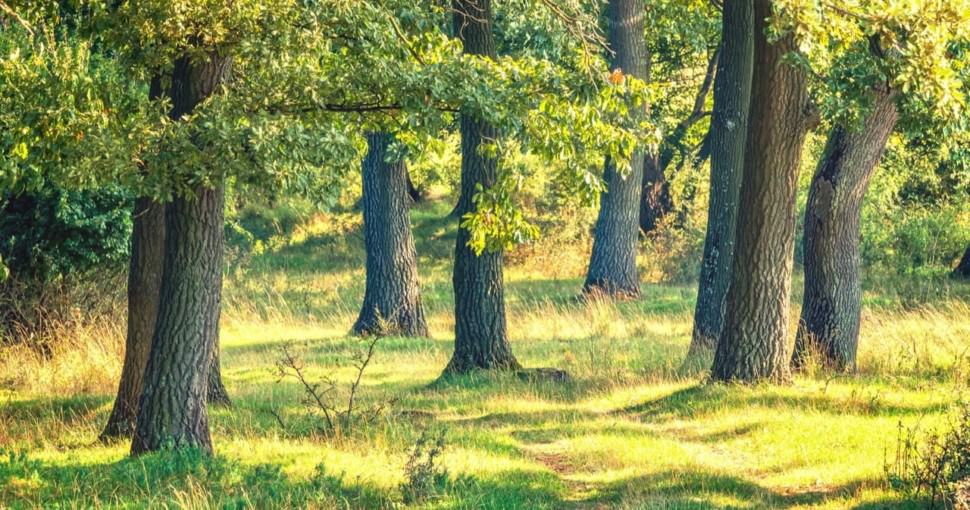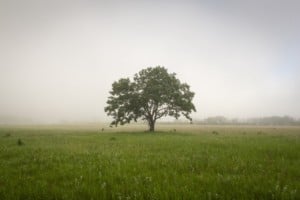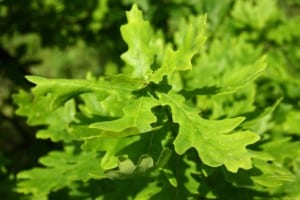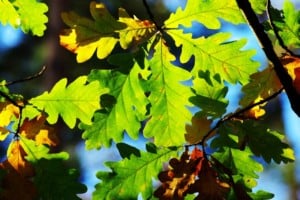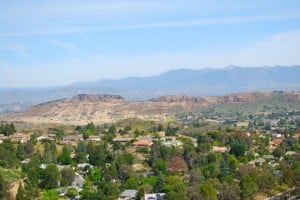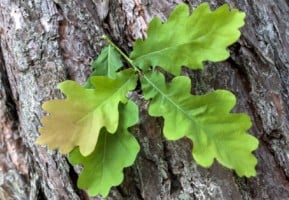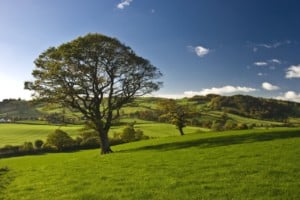Are you planning on growing a spectacular and tall Oak Tree or a multi-stemmed, thicket-forming Oak shrub in your garden in New Hampshire? Well, you will be pleased to know that despite being one of the smallest US states, the Granite State doesn’t have any shortage of Oak species growing on its soil. Read on to discover the types of Oak Trees in New Hampshire!
Contents
Oak Trees are part of the Quercus genus. These deciduous or evergreen specimens are incredibly durable and can grow in a wide variety of conditions. These hardwood trees are adorned with striking fall foliage, monoecious, non-showy blooms, and wildlife-attracting, brown or chestnut-hued acorns with scaly cups. The wood of Oak trees is widely used to make floors, furniture, musical instruments, transport vessels, baskets, and so much more.
A vast array of Oak species are quite popular throughout North America. Even though New Hampshire is one of the smallest US states, it grows various forest trees, including northern Hardwood, White Pine, Hemlock, Spruce Fir, Aspen Birch, and Red Oak. It also has the ideal growing conditions for other Oak varieties, including Scarlet Oak, Swamp White Oak, Red Chestnut Oak, and more.
New Hampshire is widely known for its breathtaking landscape and natural beauty; it features clear blue skies, rugged mountains, pristine oceans, sandy beaches, and various lakes and creeks. The state also enjoys a humid continental climate with humid, warm summers and cold, long, and snowy winters. Thanks to the ideal climate and soil condition, as well as the versatility of its landscape, you can grow many Oak trees in your New Hampshire home.
However, you will need to take adequate care of your Oak Tree to ensure its steady growth. Moreover, don’t expect your tree or shrub to ear acorns in the first few years after plantation. Most Oak varieties take about 20 years to bear prolific acorns. These brown-hued nuts attract cows, birds, raccoons, and other wildlife.
Here are some types of Oak Trees in New Hampshire that you can grow in your home garden:
1. Northern Red Oak (Quercus Rubra)
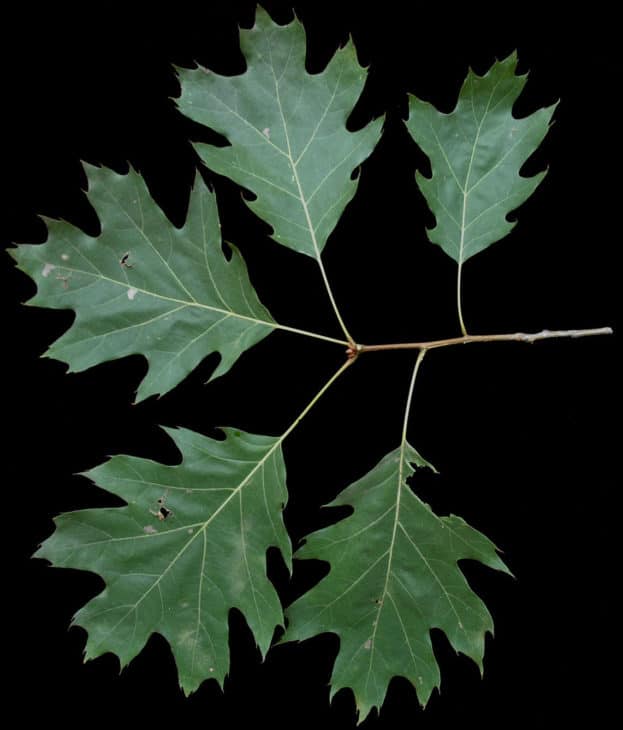
Northern Red Oak is undoubtedly one of the most popular Oak species in North America. Named Red Oak due to its striking red fall foliage, this wide-spreading specimen develops into a mature, 50 to 70 feet high tree. It has an irregular, broad-spreading crown and lustrous, sharp-edged, dark green, lobed leaves. Red Oak grows monoecious, non-showy flowers and wildlife-attracting, round acorns with saucer-like cups. This durable native thrives in sunlit areas in fertile, free-draining, acidic, moist soils.
2. Scarlet Oak (Quercus Coccinea)
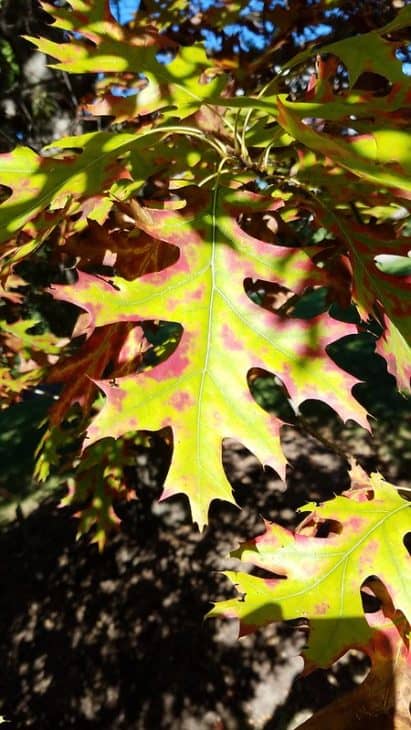
Scarlet Oak is a regal southeastern Missouri Oak. This deciduous specimen develops into a tall and stately ornamental tree with a height of 70 feet tall. It has an open, rounded crown and glossy, deeply-bristle-tipped, lobed, dark green leaves. Scarlet Oak has stunning scarlet fall foliage, which explains its name. This tree features monoecious, insignificant, greenish-yellow blooms. Scarlet Oak grows well in sandy, dry, free-draining, acidic soils.
The Scarlet Oak is a pretty common type of oak throughout the New England region, such as Maine, NY, and Vermont.
3. Black Oak (Quercus Velutina)
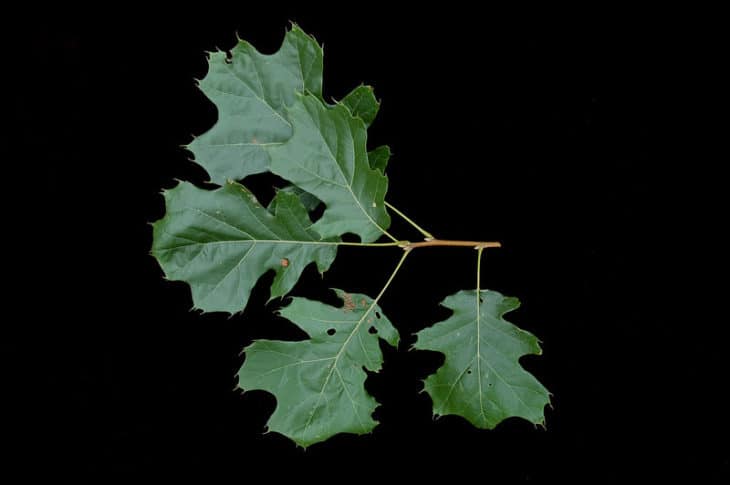
Black Oak is a beautiful and distinctive Oak species with a unique black-hued bark and a wide-spreading, rounded crown. This deciduous specimen grows up to a mature height of 50 to 60 feet. Black Oak foliage is leathery, lobed, bristle-edged, and shiny dark green. It develops yellow, yellowish-brown, and dull red colors in autumn. Black Oak grows monoecious, green, non-showy blooms and elliptic acorns. This tree grows well in moist, organically rich, free-draining soils in sunlit spaces.
4. White Oak (Quercus Alba)
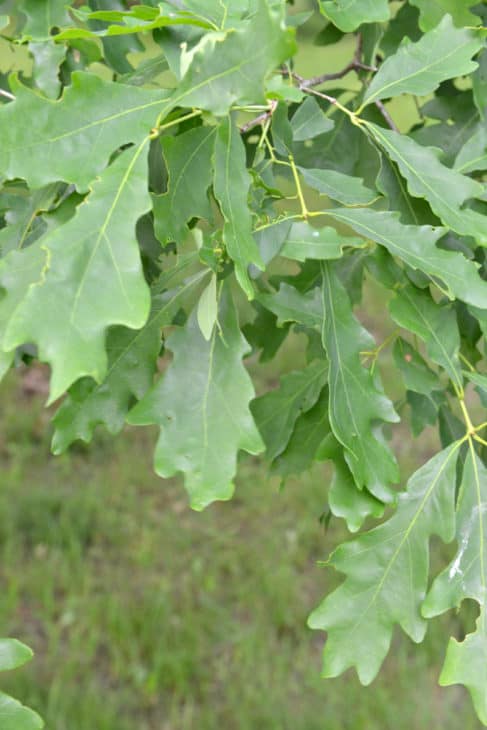
White Oak is one of the most popular hardwood trees in eastern and central North America. It features yellowish-green, monoecious spring blooms and deciduous, dark green, lobed leaves. This tree has a wide-spreading, pyramidal to rounded crown. It develops into a medium to tall-sized tree with a height of 50 to 80 feet. White Oak features dark red to brown foliage in autumn. It grows oval, brown-hued acorns with flat, scaly cups. White Oak Trees thrive in free-draining, rich, moist, acidic soils in sunlit spaces.
5. Swamp White Oak (Quercus Bicolor)
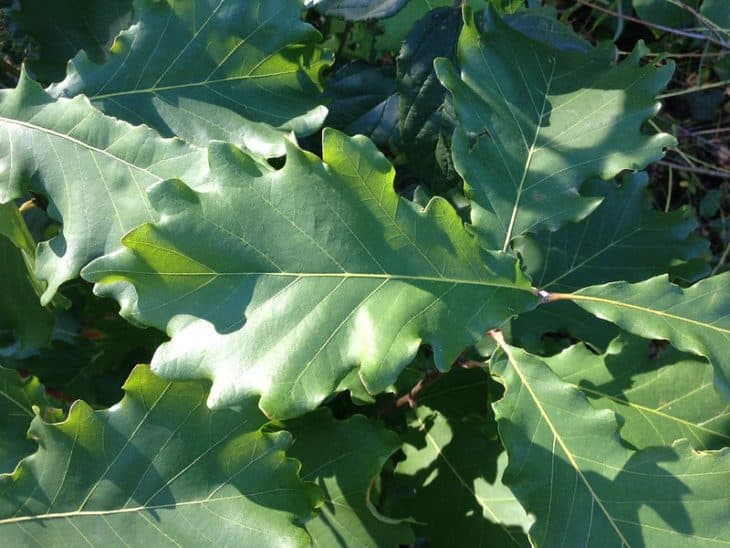
If you want to grow a drought-resistant, hardy tree in your garden, look no further than Swamp White Oak. It’s a wide-spreading tree with a rounded crown, a stout trunk, and a mature height of 50 to 60 feet. This deciduous specimen thrives in wet, acidic, free-draining soils in sunlit areas. It yields non-showy, monoecious spring blooms, followed by elliptic acorns. Swamp White Oak has shiny, blunt-edged, dark green leaves with silvery-white undersides. The leaves turn reddish-brown and yellow in fall.
6. Rock Chestnut Oak (Quercus Montana)
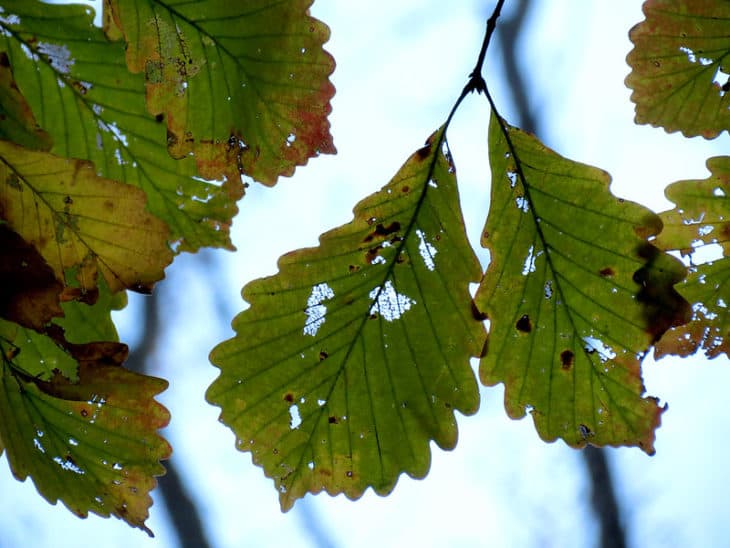
Native to the eastern United States, Chestnut Oak is an ornamental tree that grows in dry upland sites. This deciduous specimen grows up to a mature height of 50 to 70 feet and features an equally wide and rounded crown. It features little, yellowish-green, monoecious blooms and oval acorns with warty cups. This fairly drought-tolerant tree thrives in rich, moist, free-draining soils in well-lit sites. It has dark green, coarsely-toothed, obovate, almost leathery leaves with grey-green undersides and yellow-brown fall color. It can also be found in Illinois.
7. Bur Oak (Quercus Macrocarpa)
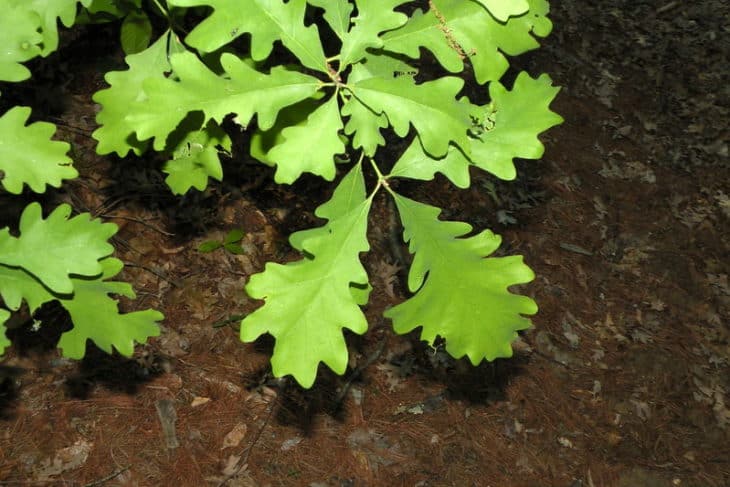
An eastern American native, Bur Oak is a tall and stately ornamental specimen. It is also known as Mossy-Cup Oak Tree due to its rounded or oval acorns with fringed, scaly, and mossy cups. It’s a deciduous tree that matures to a height of 70 to 80 feet and features an equally wide and rounded crown. Bur Oak grows monoecious, insignificant, greenish-yellow blooms and leathery, lobed, dark green leaves that develop a yellowish-brown hue in fall. Bur Oak Trees grow well in free-draining and moist or wet soils in sunlit areas.

